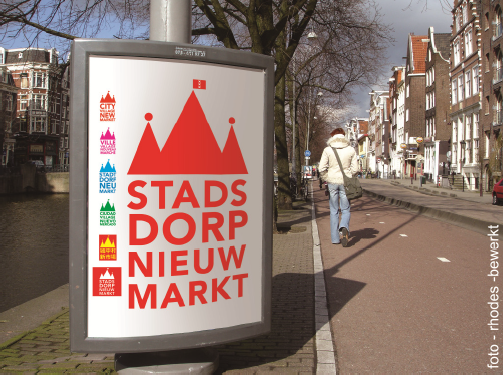
The past decades have been marked by an increasing interest in the relationship between design and human well-being. Whereas current Positive Design methods approach happiness as an individual matter, designers usually do not design for individual users. Moreover, contributing to something/someone bigger than the self stimulates a sense of purpose and relatedness, which enhances someone’s well-being (Deci and Ryan, 2000). Now the question remains: how can we design for the good of a group, instead of a collection of individuals? (How) can we design for community well-being?
Besides academic literature, other signals indicate a growing interest in enhancing community well-being. In the Netherlands – and other Western societies – increased urbanisation has led to more individualistic lifestyles and alienation. “On the one hand, people live surrounded by many more people than their ancestors did, yet they are intimate with fewer individuals and thus experience greater loneliness and alienation” (Seligman & Csikszentmihalyi, 2000, p.9 referring to Buss, 2000). In addition to this, the national government is encouraging a ‘participatory society’ in which social security should be organized on a local level. This situation asks for new ways of living, and new means to support people in organizing their lives collectively in the city. The context of this graduation project will be ‘Stadsdorp Nieuwmarkt’, a group of local residents of the Nieuwmarkt neighbourhood in Amsterdam who wants to form a cohesive and active community that can serve as a local social safety net when needed.
Together with Waag Society, my graduation assignment has been formulated. The project has two main aims: Firstly, to explore the phenomenon of ‘community well-being’ (CWB); what are conditions for CWB, and how can individuals to be part of, and contribute to a community? Secondly, to design a product-service-system that supports and stimulates social interaction within the Stadsdorp Nieuwmarkt community. The concept will be co-designed with residents of the Nieuwmarkt neighbourhood.
In the end, both the conditions for CWB and outcomes of the design case will be combined and translated into ‘design principles for community well-being’.



